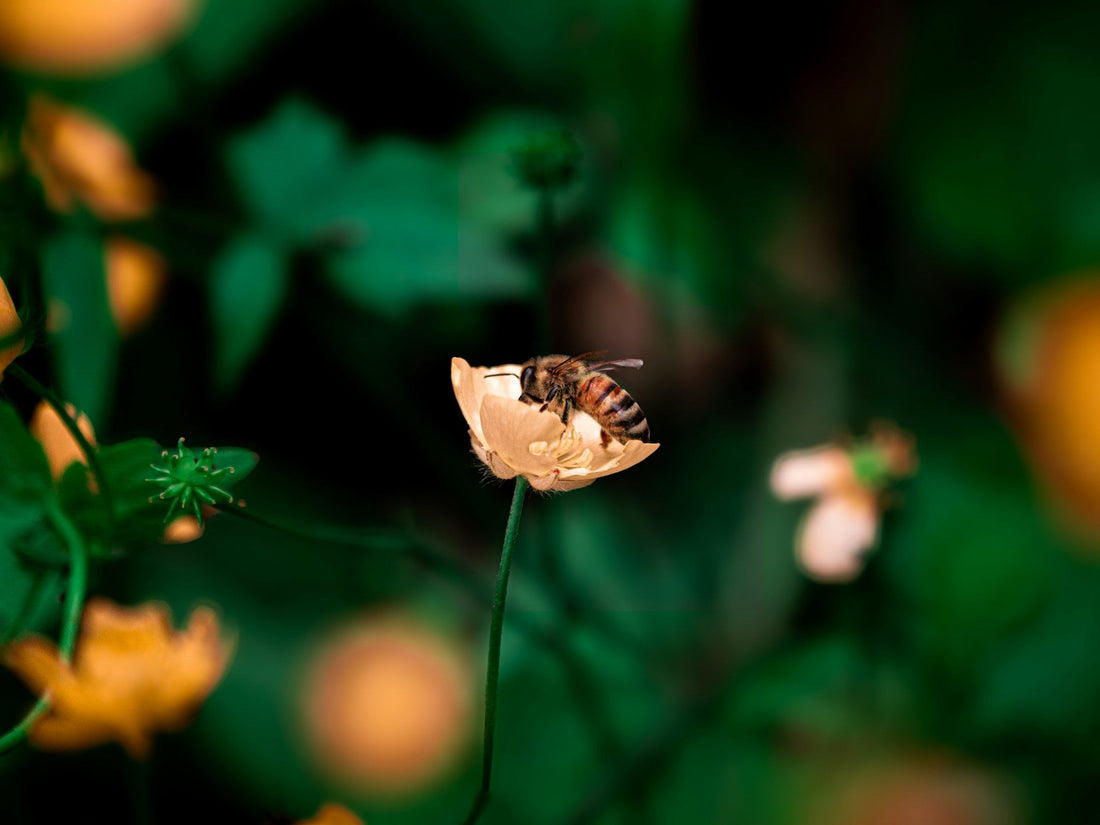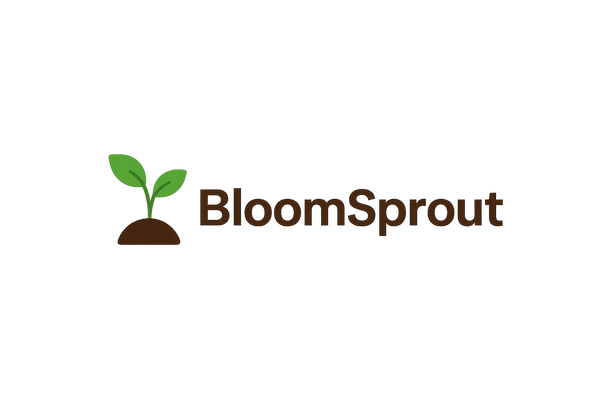
How to Attract Pollinators: Creating a Bee- and Butterfly-Friendly Garden
Share
Pollinators like bees, butterflies, and hummingbirds play a crucial role in maintaining a healthy ecosystem. By attracting them to your garden, you not only help nature thrive but also improve the yield of fruits, vegetables, and flowering plants in your backyard. Here’s how to design a garden that pollinators love.
1. Choose the Right Plants
Pollinators are drawn to a variety of flowering plants. Aim for a mix of native flowers that bloom at different times of the year to ensure a continuous food source. Some favorites include:
-
Bees: Lavender, Sunflowers, Coneflowers, Borage, Catmint
-
Butterflies: Milkweed, Lantana, Butterfly Bush, Zinnias, Marigolds
-
Hummingbirds: Bee Balm, Salvia, Cardinal Flower
Tip: Plant in clusters rather than scattered flowers. Pollinators can easily spot dense, colorful patches of blooms.
2. Provide a Water Source
Just like humans, pollinators need water. A shallow dish with stones or a birdbath with gentle water access can provide hydration and resting spots. Adding pebbles or twigs allows bees to land safely without drowning.
3. Avoid Pesticides
Chemical pesticides can harm pollinators. Opt for natural pest control methods such as companion planting, neem oil, or encouraging beneficial insects like ladybugs. If pesticides are necessary, apply them in the early morning or late evening when pollinators are less active.
4. Create Shelter
Pollinators need safe places to rest and nest. Consider:
-
Bee Hotels: Wooden boxes with holes of various sizes for solitary bees.
-
Native Grass or Shrubbery: Provides cover for butterflies and insects.
-
Leaf Piles or Bare Soil: Some bees burrow into the ground to nest.
5. Use a Variety of Colors and Shapes
Different pollinators are attracted to different colors:
-
Bees: Prefer blue, purple, and yellow flowers.
-
Butterflies: Attracted to bright reds, oranges, and pinks.
-
Hummingbirds: Love tubular flowers, especially red and orange.
6. Plant for Continuous Blooms
Ensure your garden has something flowering from early spring through late fall. This provides a steady food source, helping pollinators thrive year-round.
7. Avoid Hybrid Flowers with Low Nectar
Some hybrid plants look beautiful but produce little nectar. Opt for heirloom or native varieties that offer more nutrition for pollinators.
8. Consider Edibles
Fruits, vegetables, and herbs like tomatoes, peppers, basil, and mint not only feed you but attract pollinators as well. A productive garden benefits everyone!
9. Group Plants by Pollinator Type
Creating specific zones can help different pollinators feed efficiently. For example, dedicate one section to bee-friendly plants and another to butterfly favorites.
10. Maintain Your Garden Naturally
Keep some wild areas, leave some dead stems, and allow natural processes. Overly tidy gardens may reduce nesting spots for pollinators.
Final Thoughts
A pollinator-friendly garden is a win-win: your garden flourishes, local ecosystems thrive, and you contribute to preserving essential species. By planting native flowers, providing water, and avoiding chemicals, your backyard can become a vibrant haven for bees, butterflies, and hummingbirds.
